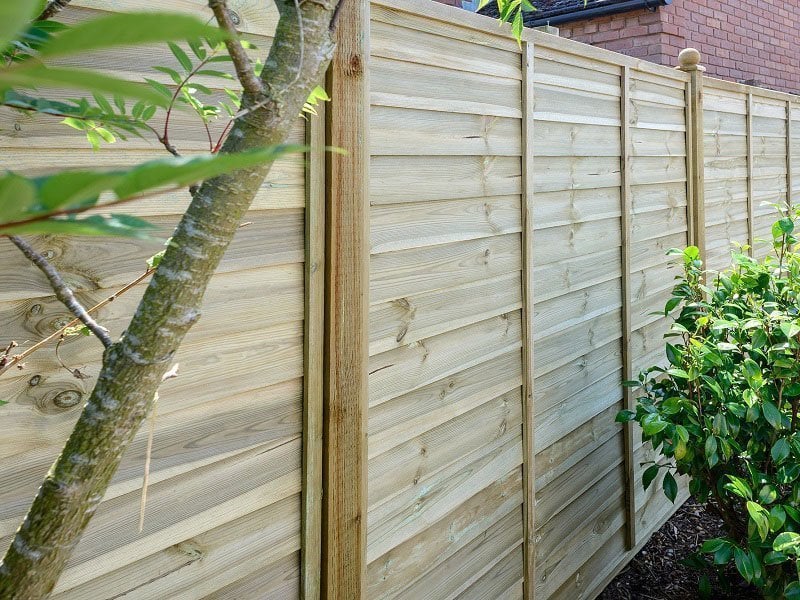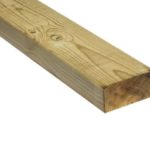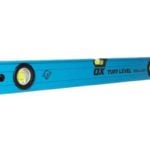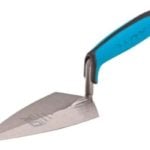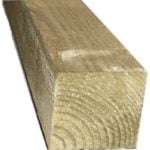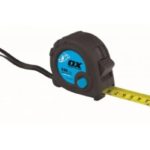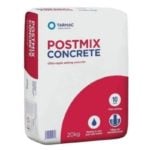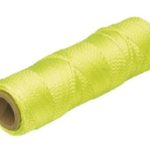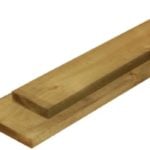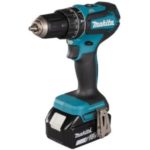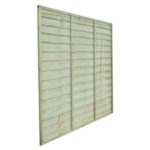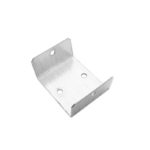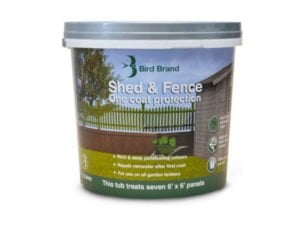Fitting fence panels for the first time?
Here’s our quick guide to putting up a traditional timber garden fence
Approx reading time: 3 minutes
Tools you’ll need for a fencing project (as well as two pairs of hands)
Stay safe – what to check before you begin
- Find out whether any electric mains or pipes run underneath your planned fence line. This is a step you really don’t want to miss. There are free online services like LinesearchbeforeUdig to help you with this step.
- Protect your back! Consider hiring or borrowing a post hole digger – a mechanical one man petrol hole borer makes digging post holes easy. They are great bit of kits, easily available from tool hire centres and essential if you’ve got a bigger project, or simply want to get the job done quickly and efficiently.
- Finally, check your boundaries before you get stuck in – putting up a fence in the wrong place is the most expensive fence of all.
Let’s get started
Step 1: Erecting the fence posts
If you’re starting a run of fencing from your house or a wall, save work by attaching a 100mm x 47mm timber to the wall rather than trying to sink a post.
Measure out where each post goes and mark it with a stick. For 1.83m wide fence panels and 100mm posts, the gap will be 1.93m.
For a 2.4m fence post to fit a 1.8m fence panel, dig a post hole to a depth of 600mm. The diameter of the hole typically should be three times the width of your post: 300mm for 100mm posts and 225mm for 75mm posts. You’ll need a helping hand to hold the first post in position. Use a spirit level to check it’s vertical.
Use Postcrete to secure it in place and check it’s still vertical with a spirit level. Smooth the concrete surface downwards with a trowel so that water can drain away from the wooden post. Now put up your last post in the same way.
Run lines between the top and bottom of these posts to show you the line of the fence. Dig and cement in the rest of the fence posts in their holes. Each post should touch both lines and must be vertical.
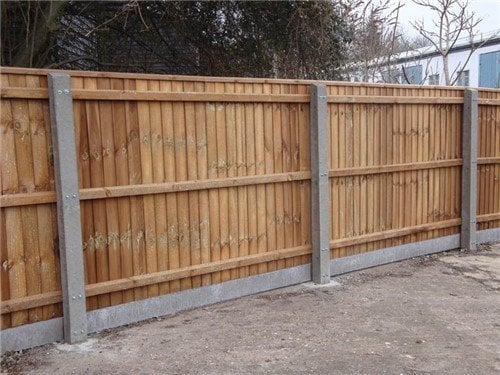
Step 2: Installing timber gravel boards
Next fix your gravel boards with galvanised screws inserted at an angle into the fence posts. If easier, use steel gravel board clips to secure them into position or timber cleats.
Whether you choose to have the gravel boards touch the ground or suspended is down to personal preference and ground conditions.
Give your boards a final check they’re level.
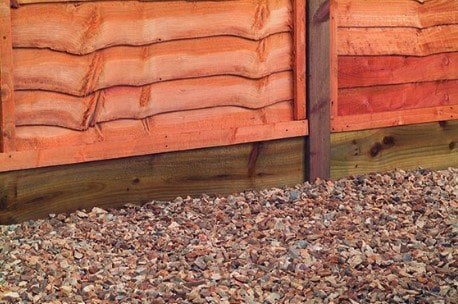
Step 3: Fixing a fence panel
- Mark the fence panel’s batten framing on both sides and at each end where screws or nails will go to secure the panel to the post. Drill pilot holes to prevent the wood splitting.
- Position your panel and check it’s perfectly level before fixing. A piece of timber across the top of two consecutive posts and a spirit level are useful here to check the fence posts are level.
- Fix the panel to the post through the pre-drilled holes in the batten framing. Aim for each panel to be at least 25mm below the top of the posts.
- An easier way to fix panels is to use two U brackets to the inside of each post and secure with 35mm external grade screws.
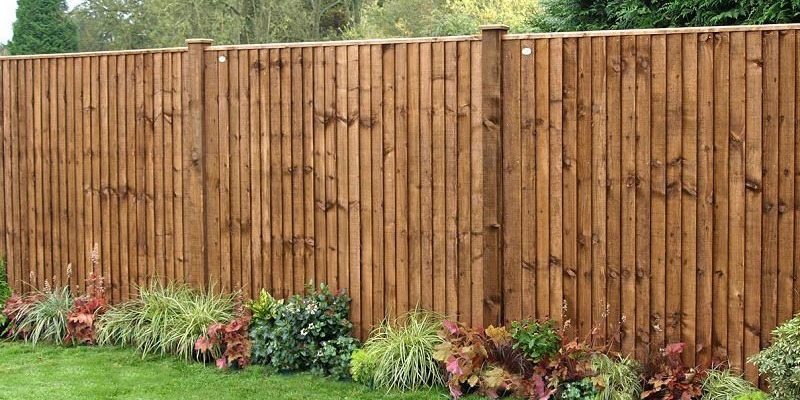
Step 4: Cutting down a fence panel to fit
No garden fence will be exactly the length of multiple fence panels,
so you might have to cut a panel down to create a neat and secure finish.
This takes a little more time, but isn’t difficult and will make sure your final panel is as strong as the rest.
You can do this with a hand saw on your patio – but if you’ve got a circular saw it’s a quicker job!
Cut the length you don’t need and carefully prise off the end battens with a crowbar.
Tap out the nails in each section of batten half way, place them back on the shortened panel and hammer back into place.
Step 5: Time to get out the fence paint
Choose paint made for purpose like Bird Brand One Coat Protection Shed & Fence Paint for cost-effective, quick-drying protection.
Good quality fence paint will also protect your fence panels and posts against the elements, making a tin or two a good investment.
It adds a fresh pop of colour and weather protection to your posts and fences in just one coat, and includes a wax component for to repel water and UV protection to prevent colour fade.

Fencing supplies to your door
FREE delivery for fence panels, posts, Postcrete and fixings – everything you need for a fencing project is available within a 20 mile radius of one of our branches. We deliver Monday to Friday, between 8am and 5pm and usually 2-3 working day lead time from time of order.



